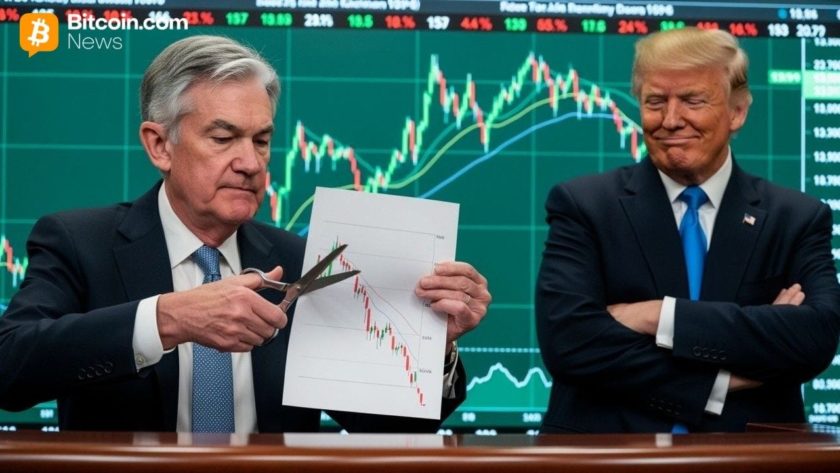Bitcoin’s trademark price volatility is now near its record lows, according to data gathered by Skew.
The crypto data analysis portal highlighted that the realized volatility of the BTC/USD pair dropped to 53 percent over the last three months – from 70 percent on a one-year timeframe. It further noted that the dip in bitcoin’s volatility came against its supersonic price rally, adding that the negative correlation was a “positive development” for the cryptocurrency.
“Bitcoin up 35% Year-To-Date with volatility remaining near record low levels is a positive development for the asset’s investability,” Skew wrote in a tweet.
Skew’s analysis pointed to the fact that bitcoin could become a store of value for investors looking to safeguard their capital from macroeconomic and geopolitical risks. But in retrospect, the cryptocurrency failed to become a safe hedge owing to its extreme price fluctuations on both short- and long-term timeframes.
Only yesterday, the BTC/USD exchange rate had plunged by more than 3 percent.
A Rising Market
A study conducted by Crestmont Research in 2011 concluded that higher volatility typically corresponds to the larger potential of a declining market. At the same time, the study found that lower volatility corresponds to a rising market.
So it appears, bitcoin’s price reaction to low volatility comes closer to what Crestmont stated in its study. In the first quarter of 2019, for instance, the cryptocurrency’s rate gradually swelled against dwindling volatility. By April 2019, both the price and volatility exploded towards the north.
The same price action was visible in the last quarter of 2018, wherein bitcoin’s value plunged aggressively to $3,120-bottom after breaking below the $6,000-support. At that time, the price fluctuations had also dipped to its historic low near 30 percent. Nevertheless, bitcoin rebounded sharply on December 16, 2019, matching toes with a similar jump in volatility.
Bitcoin’s moves summed up that an extended period of low volatility could lead it to a big move in either direction.
Institutionalization of Bitcoin
The favoring technicals do not evade the fact that institutional investors find bitcoin too-risky. The sentiment has been further maximized after the US Securities and Exchange Commission (SEC) rejected more than 10 Bitcoin ETF applications in a row, citing volatility as one of the main reasons.
But according to VanEck, an investment management firm, bitcoin remains the most favorable investment destination for big traders heading into 2020. The New York-based financial giant wrote in its January report that portfolio managers should increase BTC allocation given the asset’s risk-reward potential.
“Bitcoin’s combination of durability, scarcity, privacy, and its nature as a bearer asset all contribute to it holding monetary value,” it wrote.
As of now, low volatilty is yet another technical indicator that hints huge returns for bitcoin investors.




